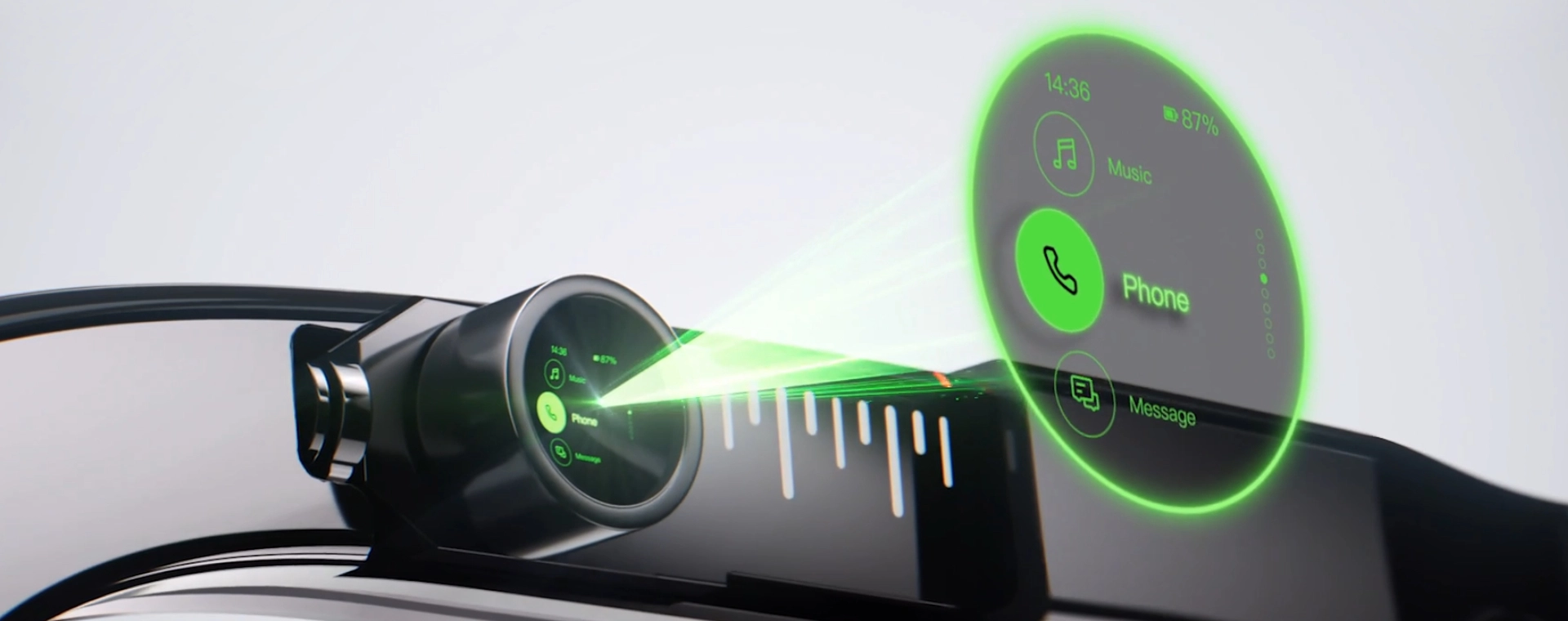
The Evolution of AR Glasses Throughout The Years
Being a technology promising to bridge the gap between the digital and the physical realms, Augmented Reality has been a buzzword in the tech industry for over a decade now. One of the intriguing developments related to Augmented Reality has to be the Augmented Reality Glasses aka AR glasses.
The evolution of AR glasses from the early days of Google Glass to the dynamic present is a testament to human ingenuity and technological progress. It is an exciting chapter in the ever-evolving narrative of our relationship with digital and physical realities, promising a future where the boundaries between the two worlds blur, making augmented reality an integral part of our daily experiences.
Google Glass: The Pioneering Vision

In 2013, Google made waves with the introduction of Google Glass, a revolutionary concept that aimed to bring augmented reality to our daily lives. These sleek, lightweight glasses featured a small display that overlaid digital information onto the user's field of view. With voice commands and a touch-sensitive frame, Google Glass allows users to capture images, record videos, and access a multitude of apps and information while maintaining a direct connection with the real world through the glasses' lenses.
Yet, as revolutionary as it was, Google Glass confronted its share of obstacles and controversies. Privacy concerns, a premium price point, and a somewhat limited range of functions led to its discontinuation in 2015. However, Google Glass's audacious foray into the world of AR laid the foundation for future developments and sparked the imagination of visionaries and tech innovators worldwide.
The Rise of Enterprise AR Glasses
After Google Glass, the focus shifted from consumer applications to enterprise solutions. Companies like Microsoft, with their HoloLens, and Epson, with the Moverio series, recognized the potential of AR glasses in industries such as manufacturing, healthcare, and logistics. These devices allowed professionals to access vital information, visualize 3D models, and perform remote collaboration, all with their hands-free.
HoloLens, for instance, introduced an immersive mixed-reality experience, merging holographic content with the user's surroundings. These enterprise AR glasses represented a more practical and cost-effective approach to AR technology, paving the way for widespread adoption in specific industries.
The Advent of Smart Glasses
While enterprise AR glasses thrived, the consumer market was not left behind. Tech giants like Apple and Facebook (now Meta) entered the AR glasses arena, hoping to level the field for the digital and physical worlds for everyday users.

Apple's AR efforts culminated in the introduction of "Apple Glass" (rumored), which promises a seamless integration of AR into daily life. These smart glasses are expected to offer a wide range of applications, from gaming and navigation to augmented social interactions.
Meta, formerly Facebook, is also investing heavily in Augmented Reality glasses, with their "Project Aria" and "Project Cambria." The goal is to create an interconnected, shared AR space, where users can interact and communicate through augmented reality.
These developments show that AR glasses are not just for tech enthusiasts or professionals but are envisioned as a tool for the masses.
The Present and Future of AR Glasses
As of 2023, AR glasses have evolved significantly since the inception of Google Glass. They are becoming more practical, functional, and integrated into our daily lives. With advances in display technology, processing power, and improved user interfaces, AR glasses have the potential to revolutionize how we interact with information, entertainment, and each other.
The future of AR glasses holds great promise. We can expect them to become smaller, more stylish, and affordable. Enhanced features like spatial awareness, advanced AI integration, and more robust app ecosystems will make Augmented Reality glasses an indispensable part of our daily lives. From gaming and navigation to healthcare and education, the applications of AR glasses are vast and diverse.
Final Thoughts
With each passing year, AR glasses are becoming more practical, functional, and integrated into our daily lives. The promise of smaller, more stylish, and affordable devices, coupled with enhanced features and robust app ecosystems, presents the potential to revolutionize our interactions with information, entertainment, and one another.
As AR glasses continue to advance, we can look forward to a future where the boundaries between the real and virtual worlds blur, making augmented reality an integral part of our daily experiences. The journey from Google Glass to the present is just the beginning of an exhilarating era in technology.